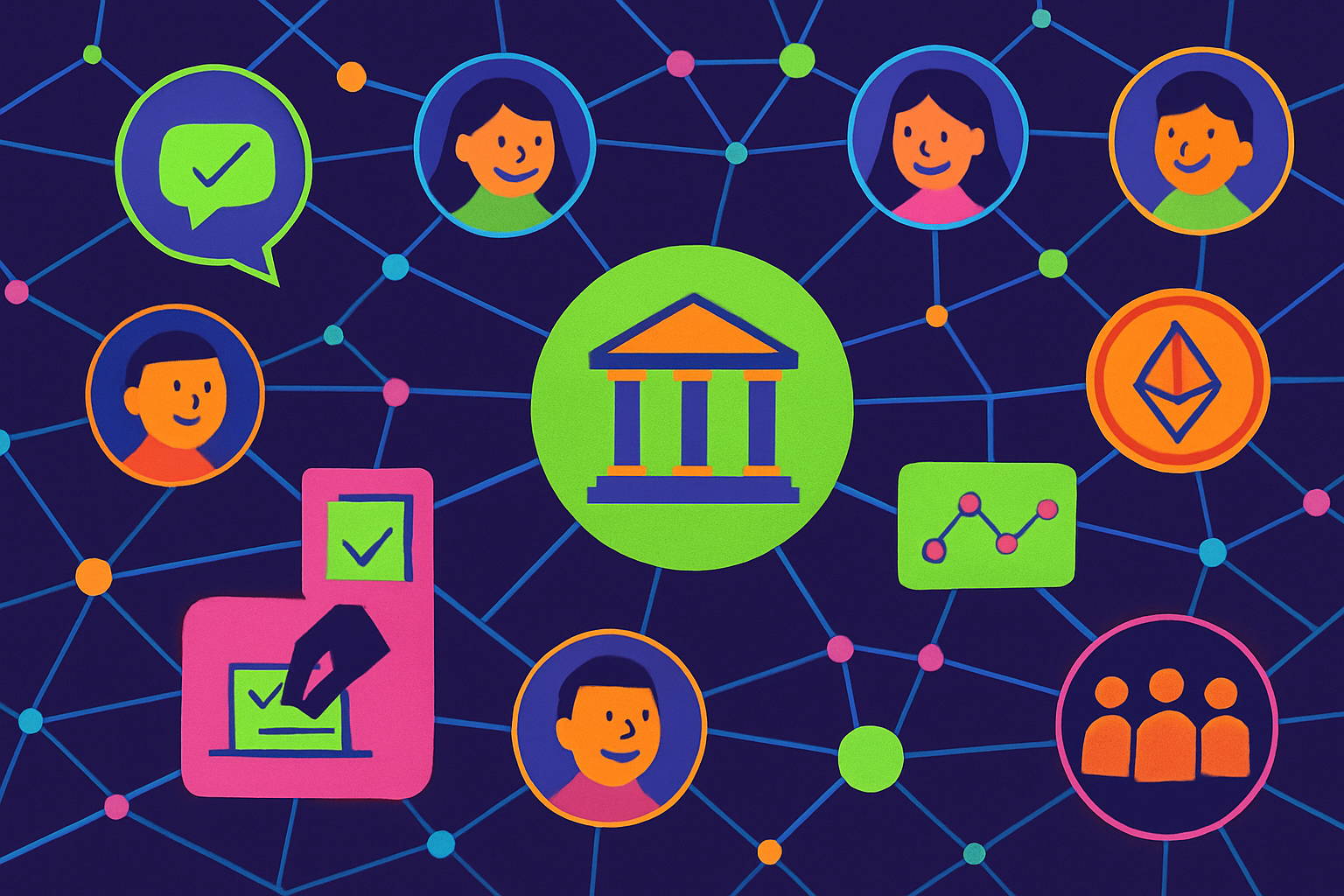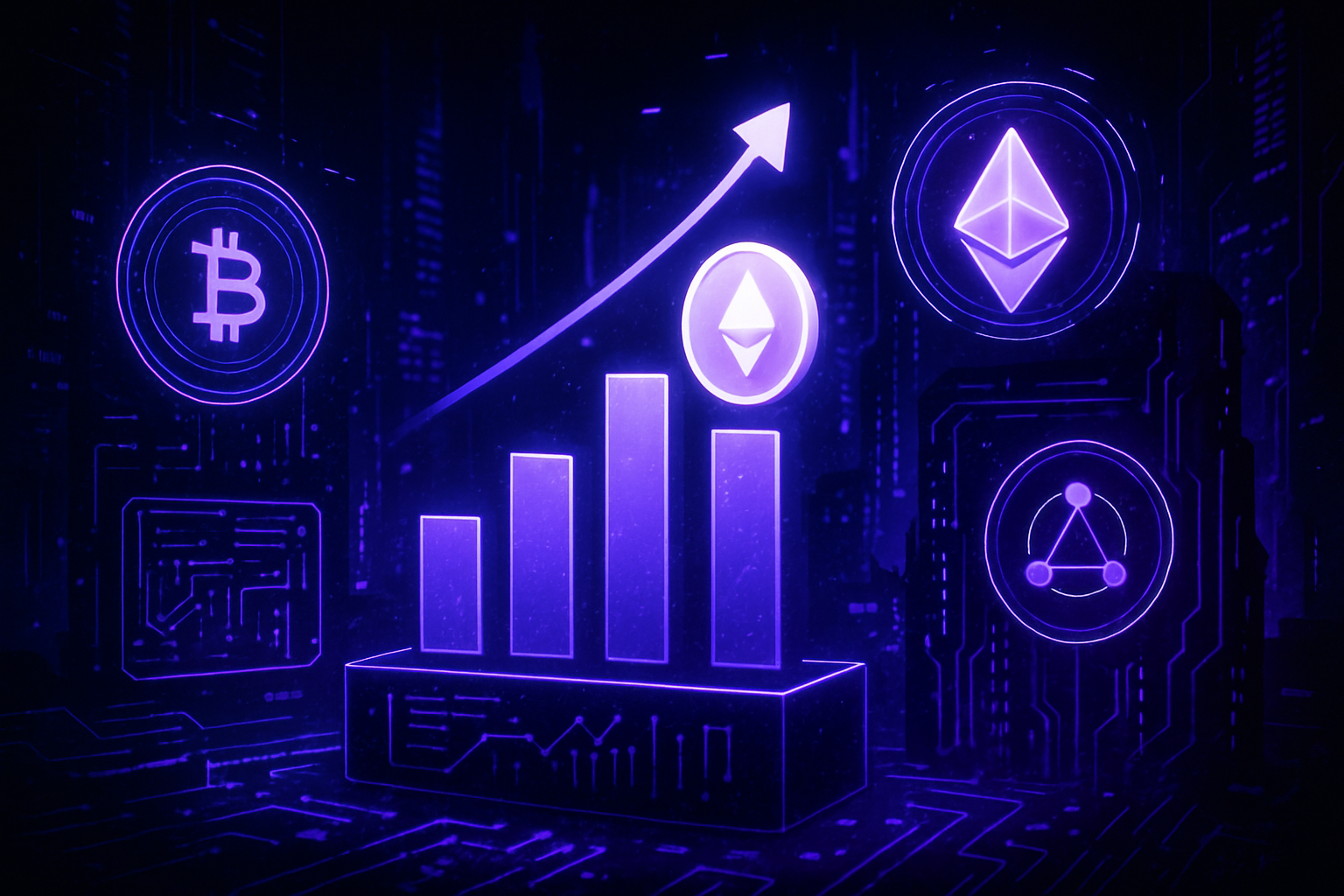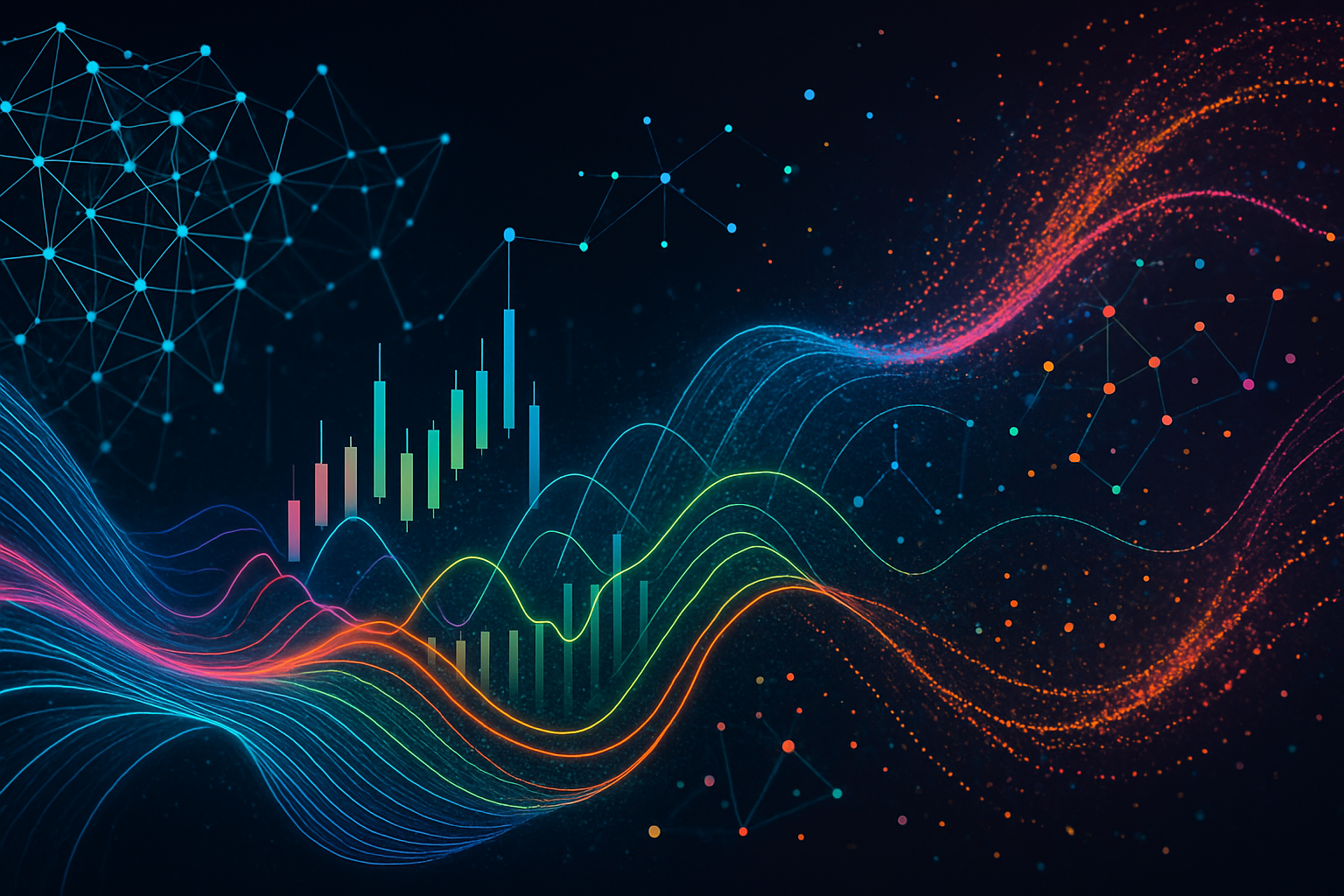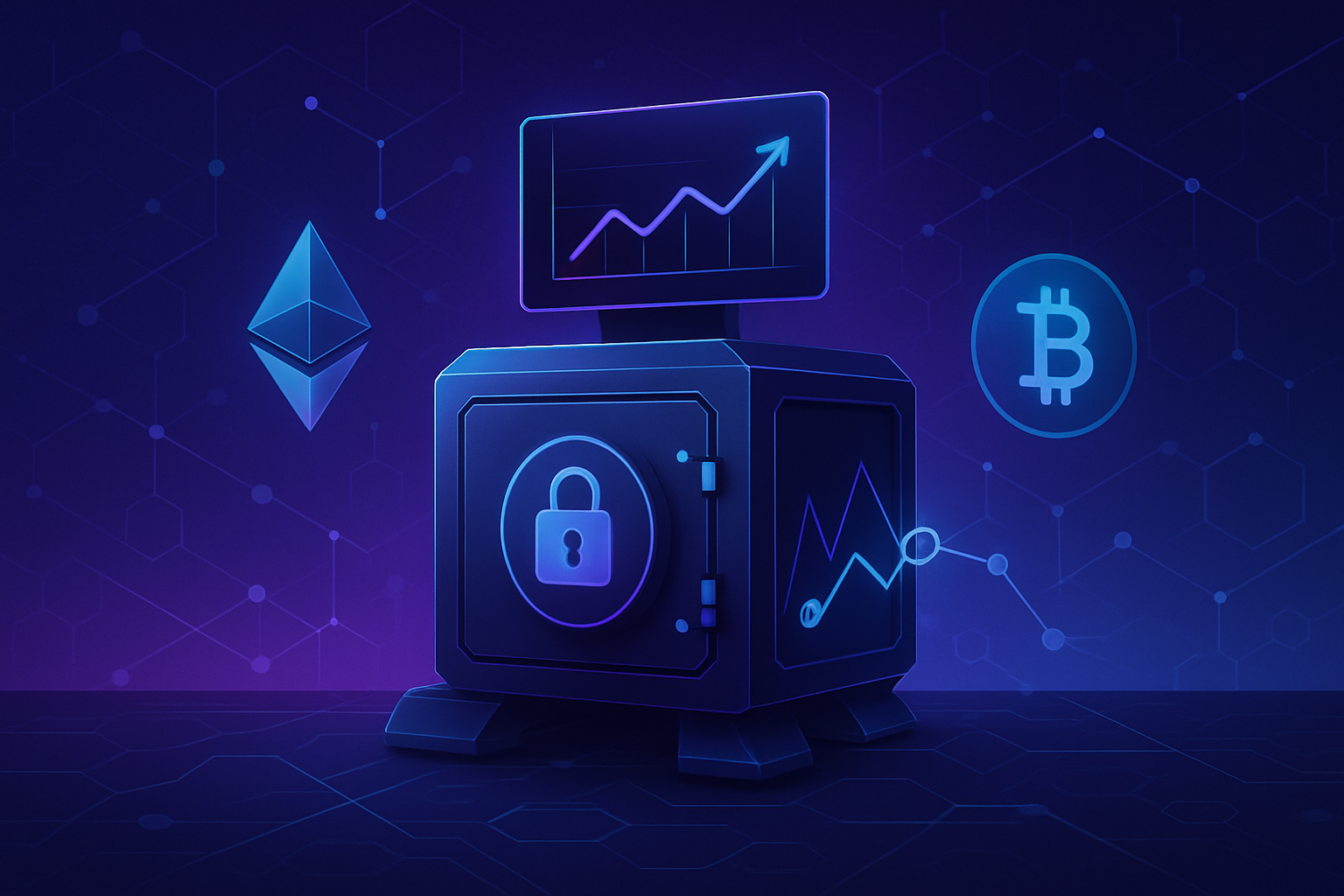
Data DAOs on the Vana Network are redefining the relationship between users and their data. In a digital landscape long dominated by centralized platforms, individuals have historically surrendered privacy and ownership in exchange for access to AI-driven services. Vana’s approach is fundamentally different: it places user agency at the core, leveraging advanced cryptography and decentralized governance to give people meaningful control, privacy, and direct rewards for their data contributions.
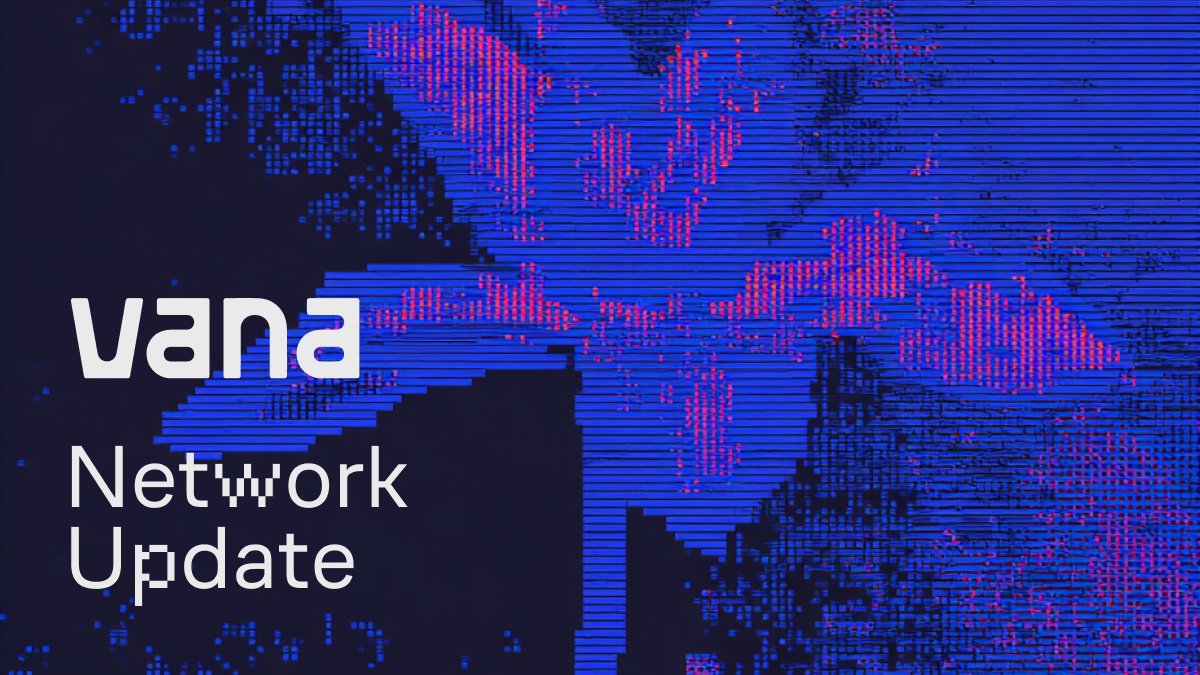
Privacy-First Data Collaboration
Traditional data-sharing models expose sensitive information to centralized intermediaries. In contrast, Vana Network data DAOs employ robust encryption and personal key management. When a user chooses to contribute, their data is encrypted and signed, creating a verifiable proof of ownership. This cryptographic approach ensures that only authorized Data DAOs can access the underlying information, users retain control over who can decrypt and utilize their contributions at all times.
The technical backbone includes Trusted Execution Environments (TEEs), which enforce permissions on-chain while safeguarding raw data off-chain. Every contribution is tracked via wallet addresses, ensuring transparency without sacrificing confidentiality. This architecture not only protects privacy but also enables granular permissioning: users can allow specific DAOs to use certain datasets while withholding others.
Key takeaway: With encrypted data sharing DAOs on Vana, contributors maintain sovereignty over their digital footprint while participating in collaborative AI training initiatives.
User-Owned Data: The End of Data Silos
The concept of data ownership rewards is central to Vana’s mission. Historically, tech giants have built walled gardens around user-generated content, think of how social media platforms monetize Instagram or search activity without compensating individuals. On Vana, this paradigm is flipped: users pool their private data into community-governed Data DAOs and receive both voting power and economic upside.
This model transforms personal information from an exploited resource into a collective digital asset. Each user’s contribution is cryptographically tied to their identity via wallet signatures, ensuring transparent attribution within the DAO’s ledger. As datasets grow in value (for example, powering next-generation AI models), so too does the potential for contributors to benefit directly through tokenized rewards.
Top 5 Ways Data DAOs Empower Users on Vana
-
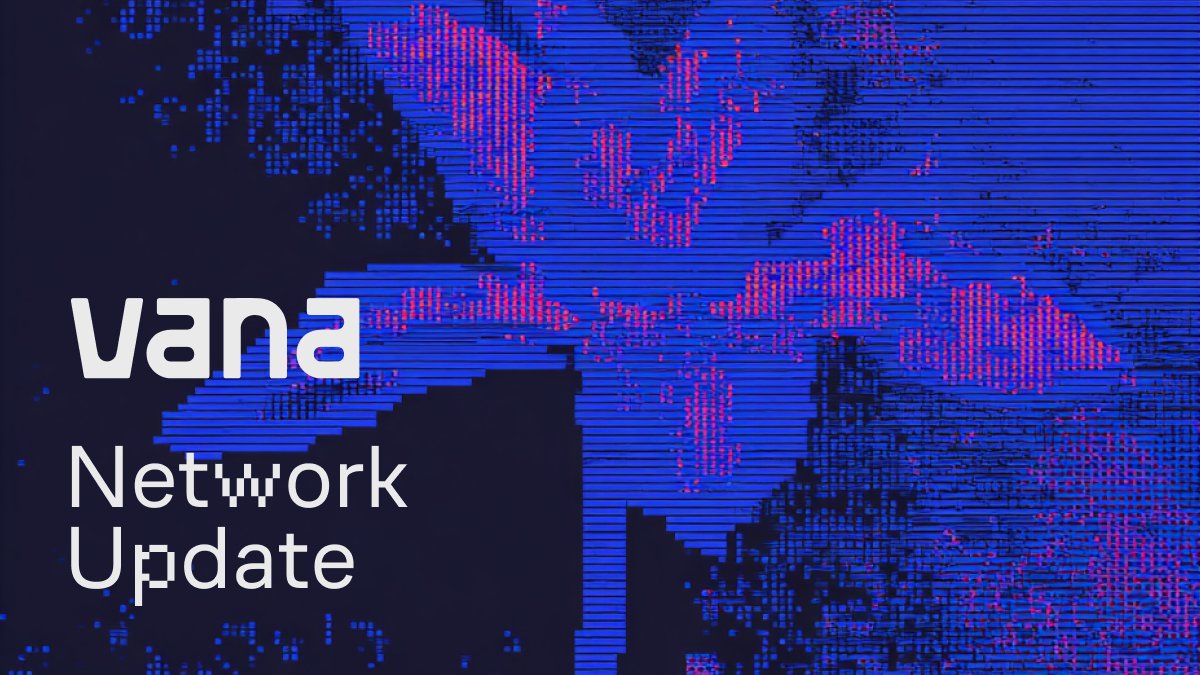
1. User-Controlled Data Privacy: Data DAOs on Vana enable users to encrypt and sign their data, ensuring personal control and privacy through cryptographic proofs and personal key management. Only authorized Data DAOs can access the data, maintaining user confidentiality.
-
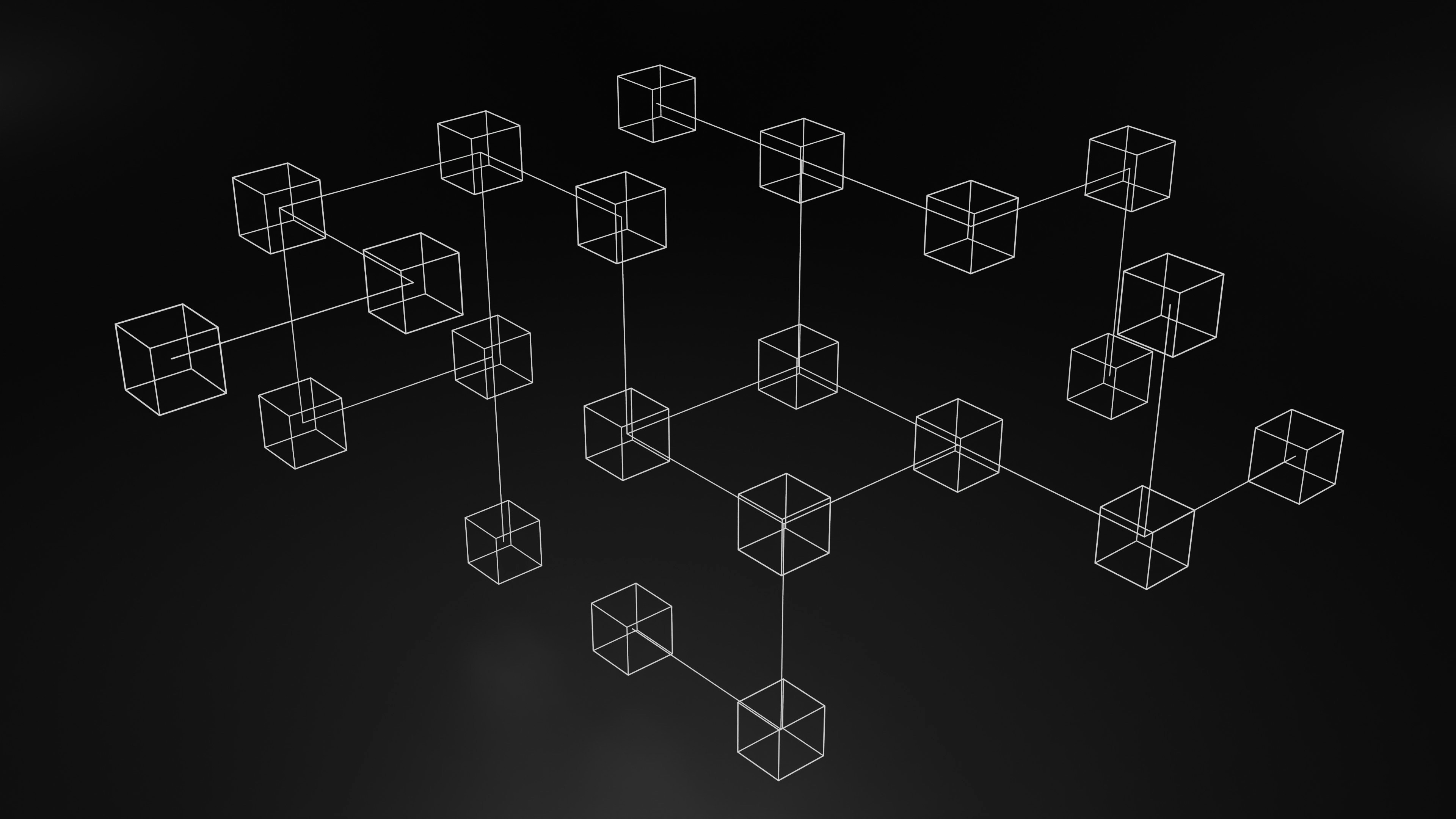
2. Verifiable Data Ownership: Contributors retain cryptographic ownership of their data, with the Vana Network tracking contributions via user wallets and verifiable proofs. This ensures users can prove and assert ownership over their shared data at all times.
-
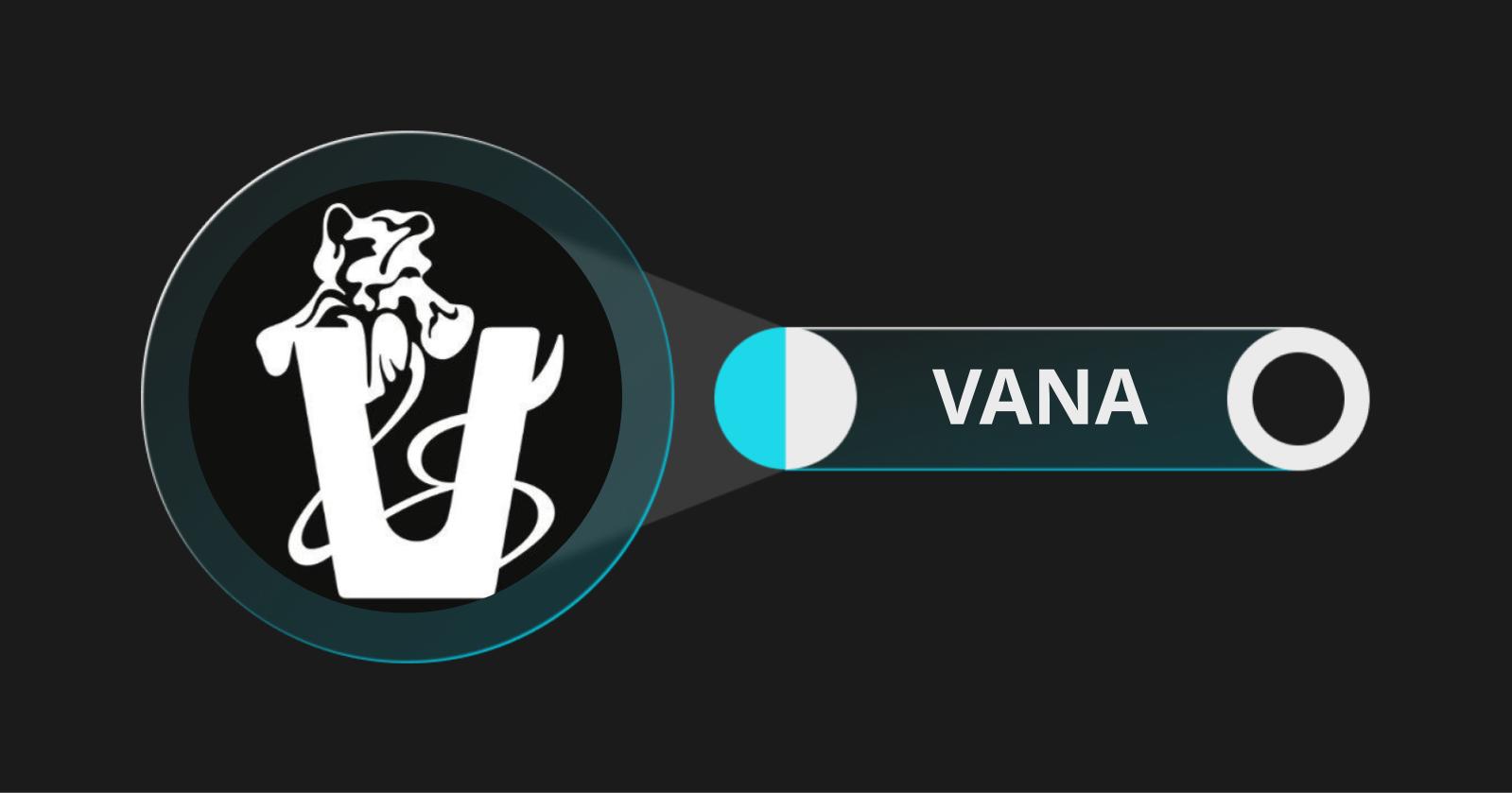
3. Decentralized Reward Distribution: Vana employs a dual-token system—the VANA token and dataset-specific VRC-20 tokens—allowing users to earn rewards directly for their data contributions. Rewards are distributed automatically to contributing addresses, aligning incentives with user participation.
-
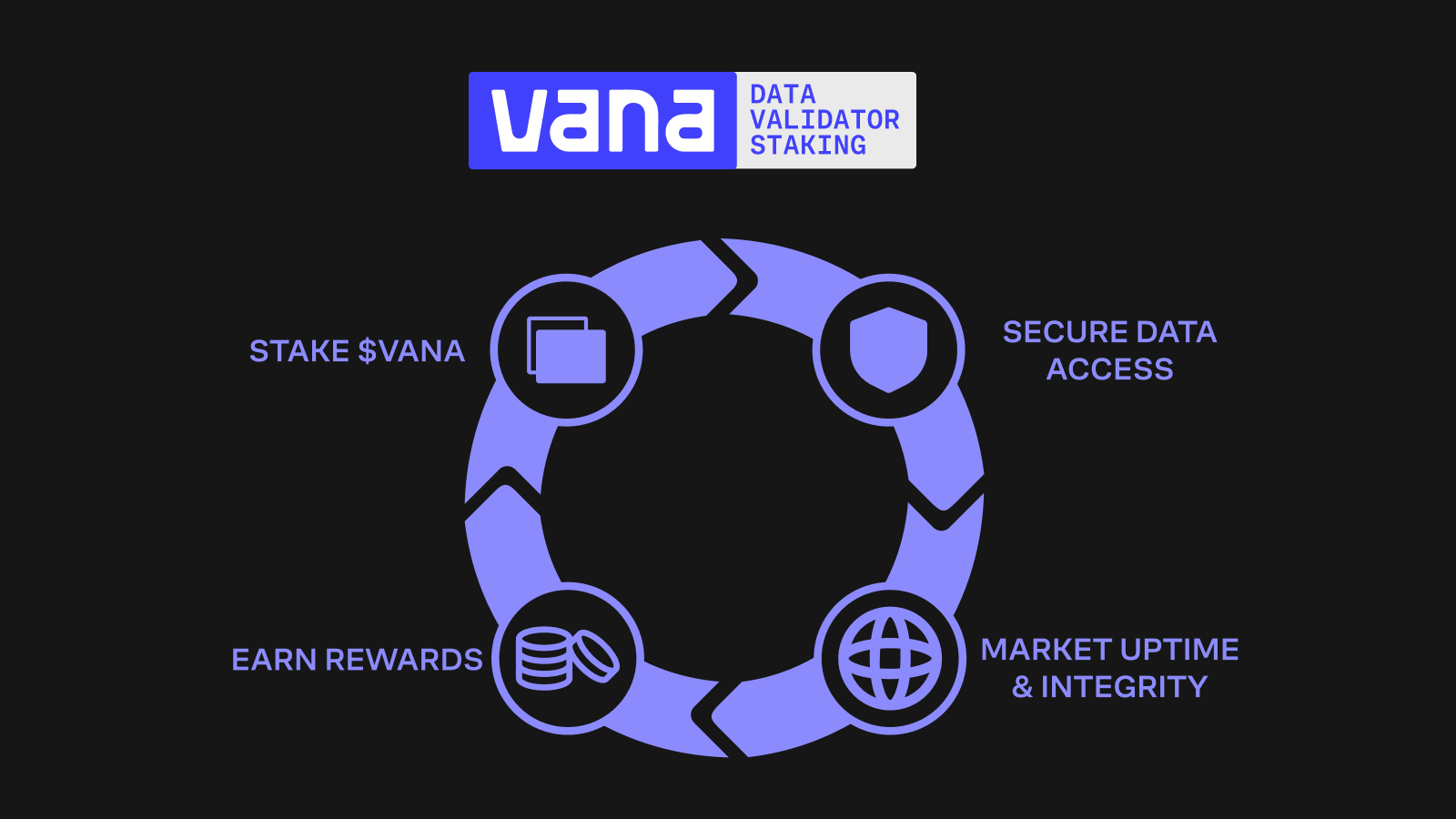
4. Transparent and Granular Incentives: The DataDAO Rewards program allocates rewards based on clear metrics: data access fees (50%), token trading volume (30%), and unique data contributors (20%). This transparent structure incentivizes high-quality contributions and active participation.
-
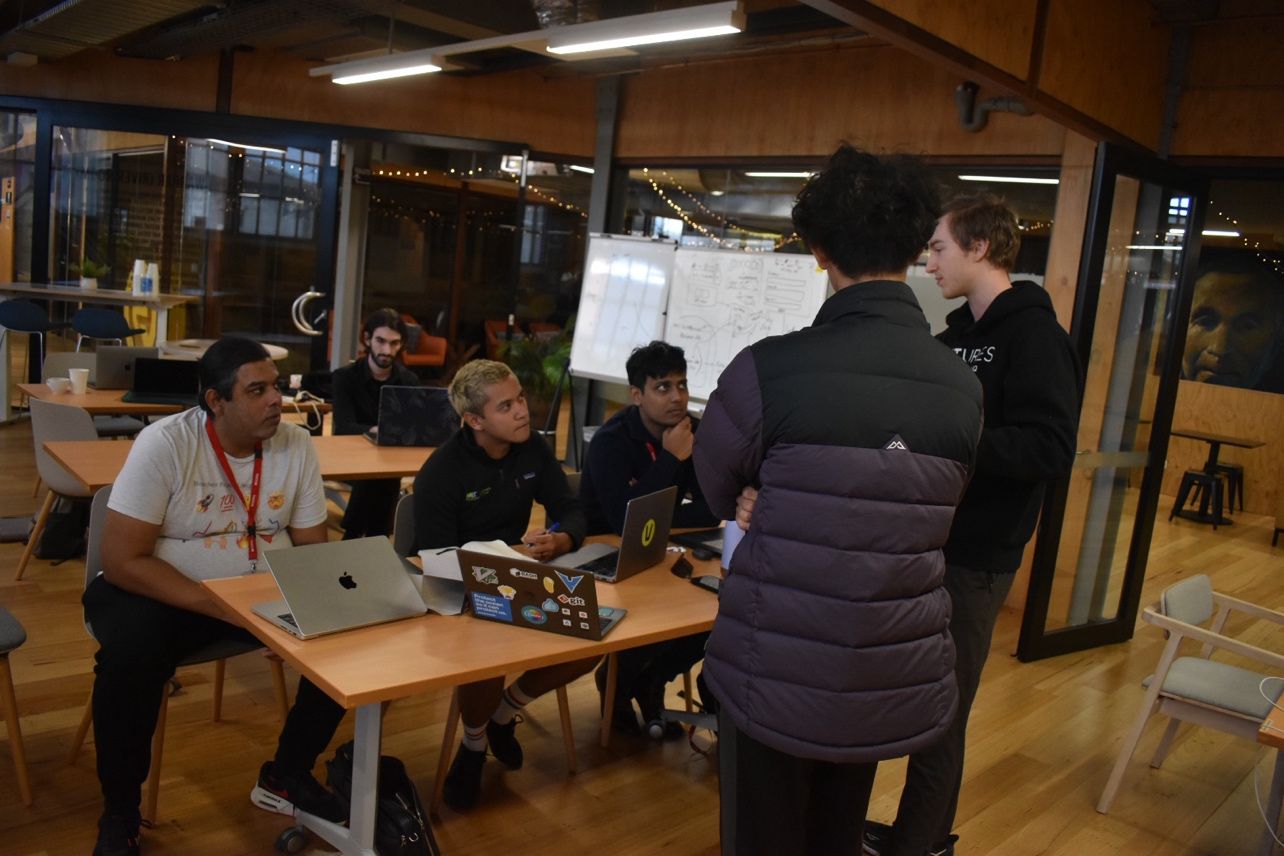
5. Data Sovereignty and Monetization: By pooling data in a decentralized manner, users collectively monetize and govern their data as tokenized assets. This transforms personal data into a source of value and influence within the AI ecosystem, promoting true data sovereignty.
This shift toward decentralized data governance not only disrupts legacy business models but also accelerates innovation by incentivizing higher-quality contributions from a diverse global base.
A Dual-Token Incentive Structure
The Vana Network employs an innovative dual-token system designed specifically for monetizing private data on blockchain. The native VANA token serves as both transaction fee currency and as the base trading pair for all dataset tokens (VRC-20). When accessing or monetizing a dataset, users burn both VANA tokens (20%) and dataset-specific tokens (80%), creating an economic link between network utility and individual DAO activity.
VRC-20 Data Tokens, meanwhile, are earned by verified contributors based on cryptographic proofs of quality participation. These tokens are tightly bound to specific datasets, allowing for granular reward distribution, and can be traded within the broader DeFi ecosystem for liquidity or further staking opportunities.
This incentive structure encourages ongoing engagement while ensuring that rewards remain proportional to real-world utility, measured by factors like unique contributor count, query volume, and trading liquidity as detailed in the official documentation.
With these mechanisms in place, the Vana Network is not just offering a technical solution but also fostering a new ethos around data agency. Instead of passively generating value for platforms, users are now active stakeholders in decentralized data collectives, with transparent governance and tangible economic participation.
Decentralized Governance and Data Sovereignty
At the heart of every Data DAO on Vana is a governance structure that prioritizes participant rights and privacy. Contributors don’t just earn rewards, they shape how their pooled data is used through on-chain voting. Proposals can range from adjusting dataset access policies to allocating resources for further AI research. This participatory model ensures that community priorities, not corporate interests, drive the evolution of each Data DAO.
Moreover, granular permissioning means users can selectively contribute certain datasets (for example, Instagram activity or health data) while retaining full privacy over others. This level of control marks a decisive break from opaque, all-or-nothing consent models prevalent in Web2. The result: true data sovereignty, where individuals dictate the terms of engagement with AI developers and third parties.
As more applications build atop the Vana Network’s architecture, we’re witnessing the emergence of a robust ecosystem for confidential data collaboration, one where both technical safeguards and decentralized incentives reinforce user empowerment.
Real-World Impact: From Monetizing Instagram Data to AI Model Ownership
The practical implications are significant. For example, a user could join a Data DAO focused on social media analytics and contribute their encrypted Instagram activity. In return, they’d receive VRC-20 tokens tied to that dataset’s growth as it powers new AI models or insights for marketers, effectively letting individuals monetize Instagram data via blockchain. As adoption grows across verticals like healthcare or finance, users will see similar opportunities to pool sensitive information without ceding control or confidentiality.
This approach also addresses regulatory concerns around consent and transparency by providing clear audit trails via wallet signatures and cryptographic proofs. For organizations seeking compliant access to high-quality datasets, and for users demanding fair compensation, Vana’s model offers an elegant solution grounded in both technology and user-centric economics.
Real-World Use Cases of Private Data DAOs on Vana
-

Reddit Data DAO: Users pool their private Reddit data—such as posts, comments, and engagement metrics—into a Data DAO on Vana. Members retain ownership and control via encrypted data contributions, and receive VRC-20 data tokens as rewards when AI developers access the dataset for training models, all while maintaining privacy.
-

Twitter (X) Data DAO: Individuals contribute their personal Twitter/X activity (tweets, likes, follows) to a Data DAO. Data is cryptographically protected and only accessible to authorized AI projects. Contributors earn dataset-specific tokens and VANA tokens as their data is monetized for sentiment analysis and language model training.
-
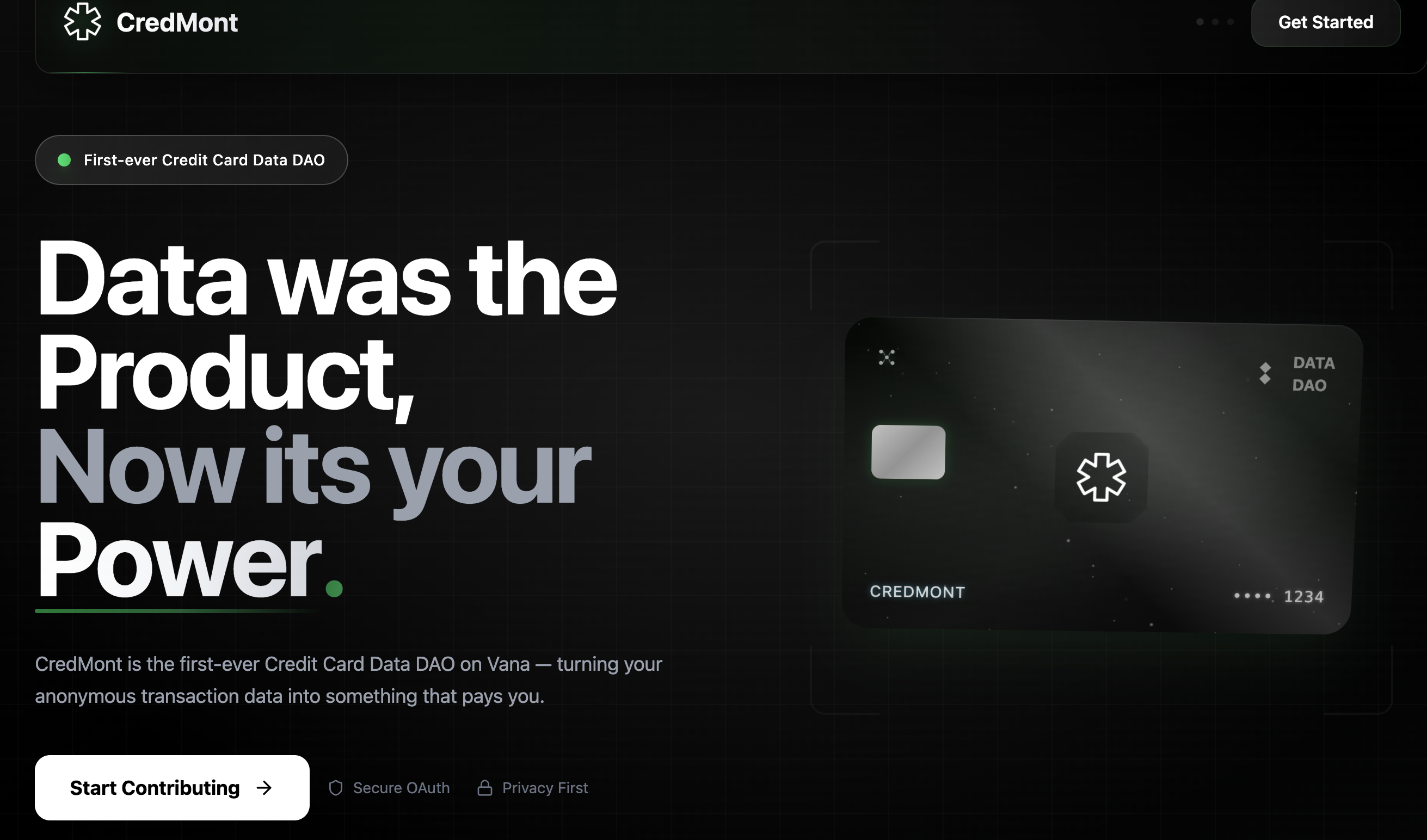
Fitness & Health Data DAO: Users securely share anonymized fitness and health data (from wearables like Fitbit or Apple Health) within a Data DAO. Ownership proofs and encryption ensure privacy, while contributors are rewarded with data tokens when health researchers or AI companies access the aggregated data for medical studies.
-
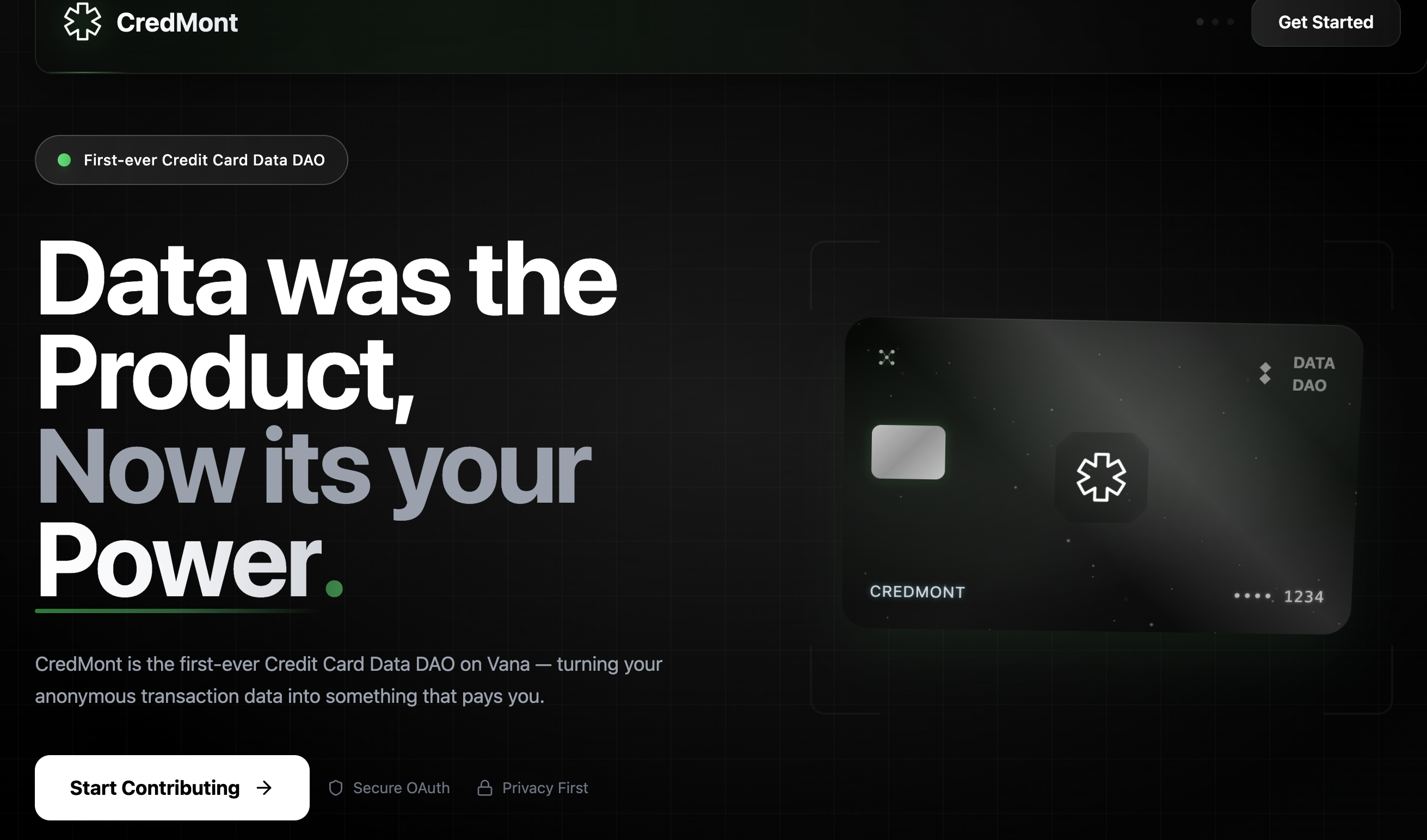
Music Listening Data DAO: Music fans contribute their streaming history from platforms like Spotify or Apple Music to a Data DAO. Personal data remains private and is only shared with explicit permission. Contributors receive VRC-20 tokens as music analytics firms and AI developers pay to access the collective dataset for recommendation engine improvements.
-
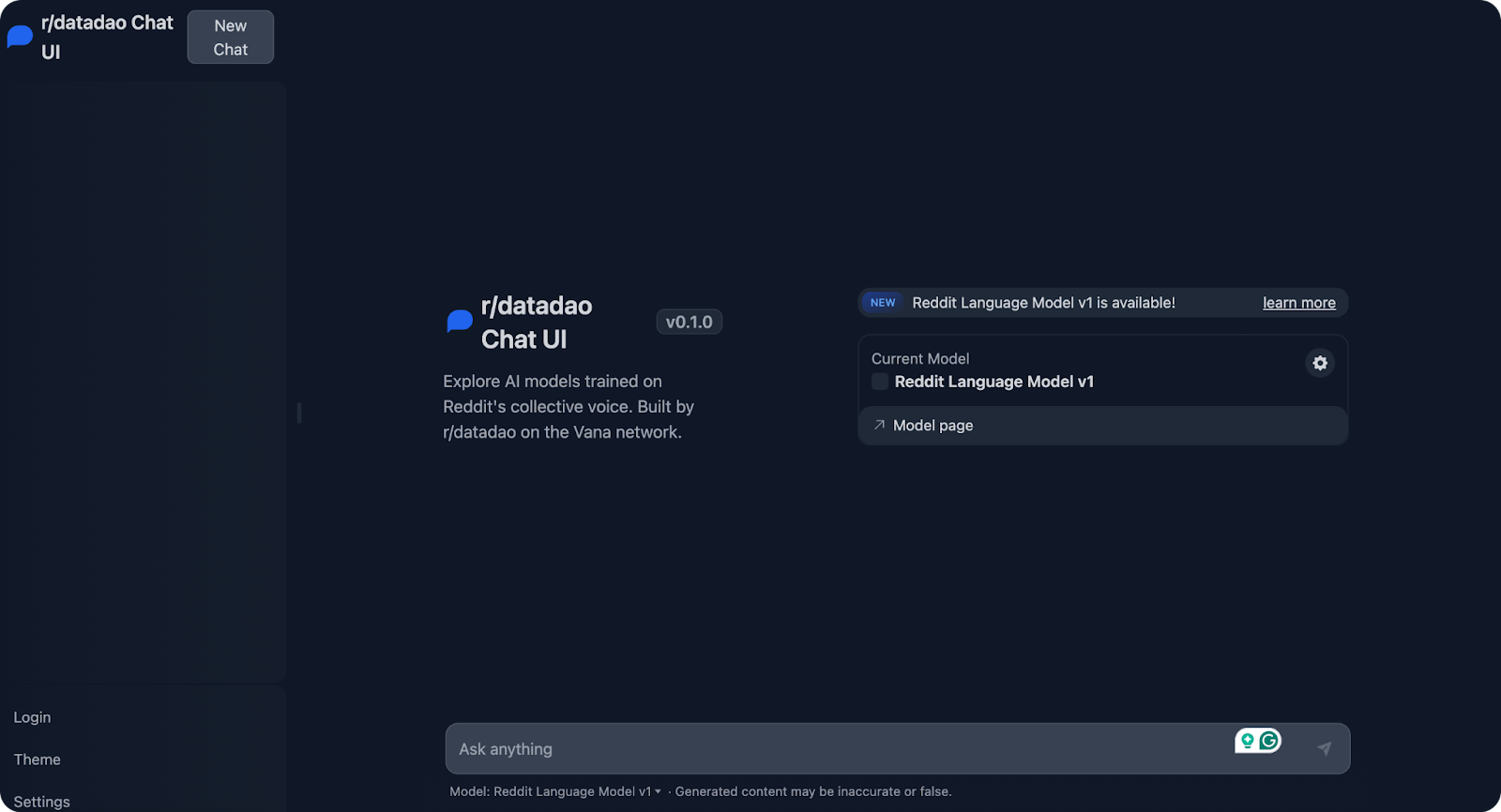
Consumer Survey Data DAO: Participants submit survey responses and consumer insights to a Data DAO, maintaining full control and privacy over their answers. Data buyers (e.g., market research firms) pay access fees in VANA and data tokens, which are distributed to contributors based on data quality and utility.
The Road Ahead for Private Data DAOs
The convergence of encrypted data sharing DAOs, decentralized governance, and tokenized incentives positions Vana as a leader in user-owned AI infrastructure. By putting privacy first and rewarding meaningful contributions with both ownership rights and liquid assets, Vana Network demonstrates that it’s possible to build advanced AI systems without sacrificing individual autonomy or confidentiality.
As more people recognize the value locked within their personal datasets, and as regulatory frameworks evolve toward demanding greater transparency, the adoption curve for private Data DAOs is set to accelerate rapidly. In this new paradigm, users finally have both the tools and the incentives to reclaim agency over their digital lives.

